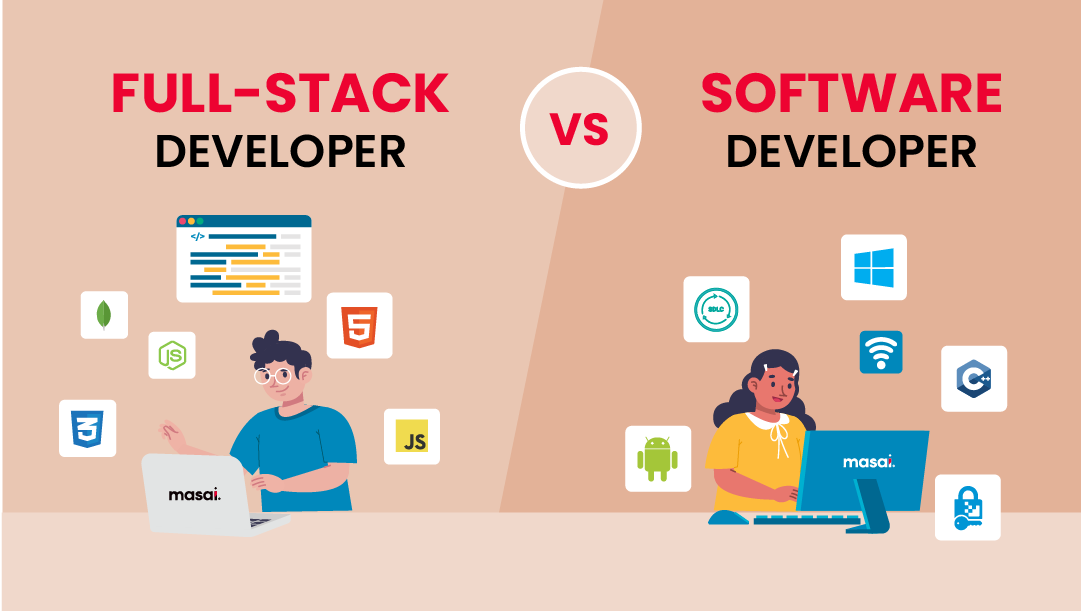Dedicated Developers vs. In-House Teams: Which Is Right for You?
The choice between utilizing dedicated programmers and keeping an in-house team is a substantial one that can influence the trajectory of your jobs and total service strategy. Alternatively, internal teams add to a natural firm society and a nuanced understanding of long-term objectives.
Recognizing Committed Programmers
The expanding need for specialized abilities in the technology market has brought about the emergence of dedicated programmers as a viable solution for several organizations. These experts are usually gotten on a task basis, enabling companies to leverage details knowledge without the long-term commitment related to full time hires. Committed developers are usually embedded within a customer's group, giving flexibility and scalability to satisfy task demands.
This version permits organizations to access a worldwide ability pool, which is especially useful in a swiftly developing technical landscape. Committed developers can be sourced from different geographical places, ensuring that companies can discover the right ability set at competitive rates. They usually bring a wealth of experience and knowledge, having dealt with varied jobs throughout various sectors.
Moreover, specialized designers can concentrate specifically on the jobs handy, boosting performance and efficiency. They are equipped to incorporate seamlessly right into existing operations, collaborating closely with internal groups to attain task purposes. This approach not only reduces the problem of employment and training however likewise allows companies to continue to be dexterous, adjusting swiftly to altering market demands and technological advancements.
Benefits of In-House Teams

Furthermore, internal teams often tend to have a deeper understanding of the firm's mission, values, and goals. This placement can enhance worker involvement and motivation, as employee feel much more attached to their job and the organization's success. Furthermore, having a dedicated in-house group permits better alignment of objectives and approaches, as these members are continually concentrated on the firm's priorities.
In-house teams likewise assist in quicker decision-making procedures, as they can react extra rapidly to difficulties and adjustments. The well-known relationships and familiarity with company protocols permit streamlined workflows and decreased miscommunication. Eventually, the combination of a cohesive culture, positioning with business objectives, and effective interaction makes in-house teams an important asset for many companies, especially those aiming to grow long-lasting growth and development.
Expense Considerations
When evaluating cost factors to consider, both committed designers and in-house teams existing unique monetary implications for companies. Involving committed programmers typically entails a pay-per-project or per hour rate model, which can be affordable for businesses with fluctuating task demands. This approach permits versatility in scaling resources up or down, making certain that business only spend for the services they require.
On the other hand, internal teams require repaired prices, consisting of salaries, benefits, and overhead expenditures such as office and tools. While this model supplies greater control and prompt accessibility of resources, it may lead to higher lasting costs, specifically if the workload does not validate a full-time personnel.
Moreover, business must take into consideration the covert prices connected with recruitment and training of in-house staff members, which can further strain budget plans. Sometimes, the time and resources spent on managing an in-house group can take away from the company's core company purposes.

Project Management and Adaptability
Task management and flexibility are essential variables that affect the choice in between specialized designers and in-house groups. Committed designers usually provide a high level of flexibility, allowing companies to scale sources up or down based on project demands. This agility can be specifically helpful for organizations experiencing changing workloads or those looking for to introduce quickly. Dedicated groups frequently have actually established procedures for managing tasks efficiently, leveraging specific methods like Agile or Scrum, which facilitate repetitive progress and versatility.

Ultimately, the selection in between devoted developers and in-house teams rests on the wanted level of flexibility and the particular job administration demands. Firms need to examine their functional characteristics, job intricacy, and resource availability to figure out which option straightens finest with their critical goals.
Making the Right Selection
Selecting the best advancement strategy-- in-house groups or committed developers-- calls for a mindful analysis of numerous variables that straighten with a firm's critical objectives. On the other hand, internal teams can offer much better continuity and assimilation with existing personnel.
Following, review your spending plan. Committed programmers usually offer a cost-effective solution for temporary tasks, while internal teams may incur greater lasting costs because of salaries, advantages, and expenses expenses. Assess the degree of control and cooperation wanted; internal groups commonly cultivate stronger communication and placement with business culture.
If immediate results are essential, specialized programmers can be onboarded rapidly, whereas developing an internal team takes time for recruitment and training. If constant growth is important, investing builders online store in an internal group may generate much better returns over time.
Final Thought
In conclusion, the choice between dedicated programmers check out this site and in-house teams pivots on job needs and business objectives. Alternatively, in-house groups cultivate a natural culture and much deeper placement with long-lasting objectives.
The decision in between using dedicated designers and maintaining an internal team is a considerable one that can affect the trajectory of your jobs and overall organization strategy.Job management and versatility are essential aspects that influence the option in between in-house teams and committed developers. software development partner.In comparison, in-house teams might succeed in maintaining a constant task management framework due to their knowledge with the organization's culture and long-lasting objectives. Devoted developers typically offer an affordable remedy for temporary projects, while in-house teams might sustain greater lasting expenses due to salaries, benefits, and overhead expenses.In final thought, the choice in between in-house teams and devoted designers pivots on task needs and business objectives